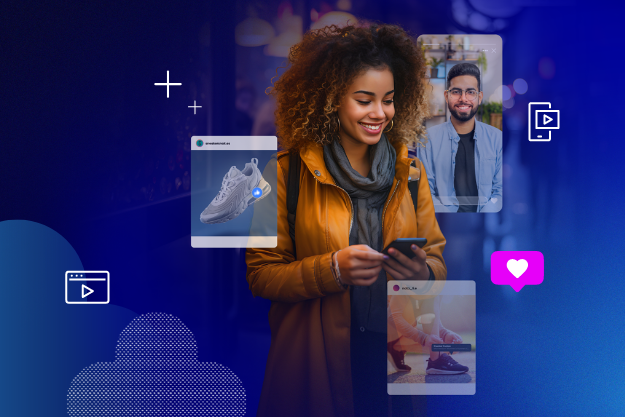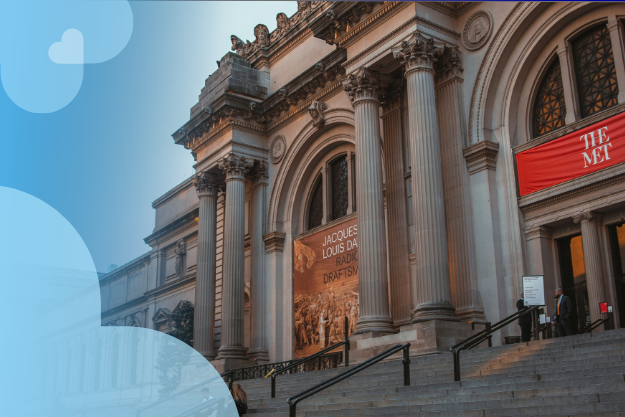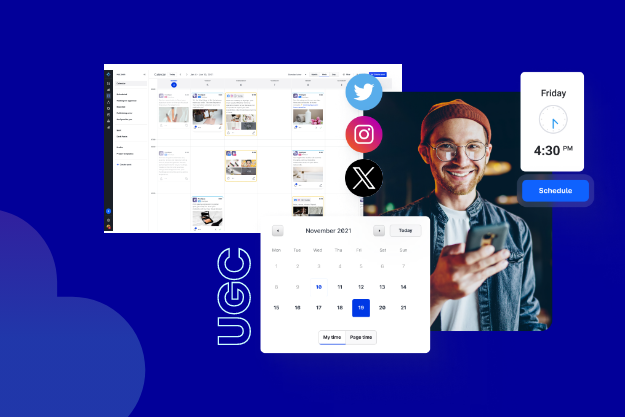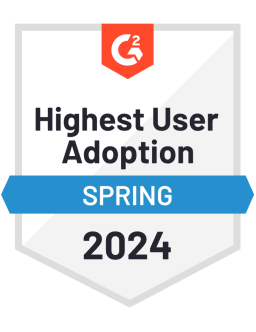Retargeting through Instagram stories bring a whole new taste to retargeting for ecommerce brands. Well-executed retargeting can educate customers through informative content on your blog, video demonstrations, and even user-generated content (UGC) tutorials. You can use this technique to provide the right content to your prospect at the right time in her buying cycle. In fact, keeping your brand top of mind is an important component of the buyer journey.
Strikingly, only 2% of visitors buy on their first visit to a website. Can you afford to lose the business of 98% of your visitors? Keeping your brand top-of-mind for that consumer as they explore other sources for the product is half the challenge. And Instagram is a great channel to build coverage on – if you know how to use it.
How effective is retargeting?
According to Wishpond, a prospect that you retarget is 70% more likely to convert. The effectiveness of these campaigns, however, depends on how carefully you've planned your strategy. If you're going with the spray-and-pray approach, i.e., retarget everyone and hope they bite, you'll get mediocre results at best.
Retargeting anyone who visits your site is a common strategy that newbies employ. It's the easiest way to get started, but it's also an expensive way to go about this. Why? Simply because not everyone who visits your site is interested in your product. They might have clicked in by accident or to read a blog post. The point is that you'll be paying for ad placements that might never bear fruit.
What's more effective is to insert these snippets of code on specific pages of your site. This allows you to link the right kind of content to the client.
Say, for example, that your client makes it to the checkout but doesn't complete the sale. Perhaps she wants to shop around a bit. Clearly, though, she's interested in your product. Showing her a straight advert for items she looked at or a video demonstrating their features might get her to complete the sale.
On the other hand, someone who's only viewed the description page of your products needs a more subtle nudge. In this case, it might be better to link through to blog content that explains more about the problem that your product solves.
Why use Instagram Stories?
Instagram is a fast-growing social media platform. In October 2019, it ranked sixth in terms of the overall number of users. Instagram Stories is a particularly popular feature. As of January 2019, the number of active Story users is 500 million.
That's double the number of active users in 2017 and an indication of how popular the Story feature has become. What's more, the Story ads appear in full-screen format. This is ideal for marketers who've seen a drop in adverts directed at user's feeds. Instagram is a social media platform geared toward visuals. Unfortunately, this makes it difficult for your Instagram marketing to stand out on the platform with branded images. Luckily, retargeting with UGC often outperforms in terms of acquisition costs and It doesn't matter if your photos are top-notch – most successful Instagrammers post stunning photos.

Norwegian Airlines retargets through Instagram stories with a pertinent CTA: Book Now.
That said, only 18% of posts are videos. Why not use that to your advantage and differentiate your brand through video?
How to set up your retargeting campaign
Sign in to your Facebook Business Manager and navigate to the Business Settings page. Instagram is owned by Facebook. So you have to work through Facebook to set up the piece of code (pixel) that you'll use.
On the left side of the screen, you'll see drop-down menus. Find the "Accounts" header. Then look for the "Instagram Accounts" sub-header. You'll see a section that says, "Instagram Accounts" right next to the menu. Is your Instagram account linked? If not, hit the "Add" button and add it. If it is, move on to the next step.
Check the menu on the left side of the page. Under "Data Sources," you'll see "Pixels." Click on that button. Hit the "Add" button on your page. Then, name your pixel and enter the URL of the website you want to track. Hit the "Continue" button.
You'll be asked if you're ready to set up your pixel. Choose the option to set up your pixel immediately. You'll be taken through to a page where you're asked how you'll add your pixel to your site. Choose the option that makes the most sense for you. We just opted for manual insertion into our site.
Follow the step-by-step instructions on the page and then hit "Continue." Once you've got the pixel, you're ready to set up your ad campaign.
Go back to the pixel tab on Facebook. You'll see the pixel displayed there. Click on "Create Audience." The audience type will be "Website Traffic." Choose the custom audience that you want to target and hit "Create Audience."
Go to your "Ads Manager" on Facebook. You'll see a selection of tabs. Click on the "Campaigns" tab and then "Create." You'll see a pop-up screen come up. On the top right side of that screen, you'll see "Switch to Guided Creation." Click on that for a simpler ad creation experience.
You'll be asked to choose your objectives for the campaign. Do so and then go through to the next screen. Fill in the step-by-step details and choose your saved audience. (If you're running a brand new campaign after this one, then you can change the audience here if you like.)
Under "Placements," you'll see the option to "Edit Placements." Click on that. Then uncheck all the boxes except for "Instagram." Complete all the other details step by step and hit "Continue."
Set up your ad with the creative you've chosen, set it to go live, and you're good to go.
Andriana Moskovska is a content curator and contributor at Digitalmarketingjobs.io. With a passion for tech and marketing and a degree in English Language and Literature, she always manages to deliver well-researched and impeccably written content. When she's not writing her next piece, you can find her immersed in some of the classics, or planning her next trip.
Editor's Note: This article was originally published on pixlee.com. Any statistics or statements included in this article were current at the time of original publication.




































